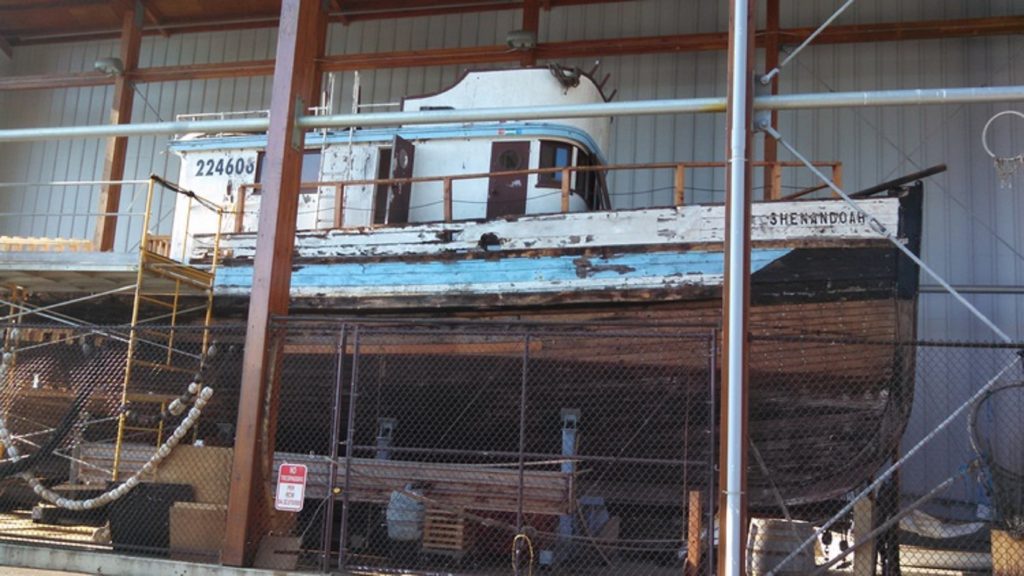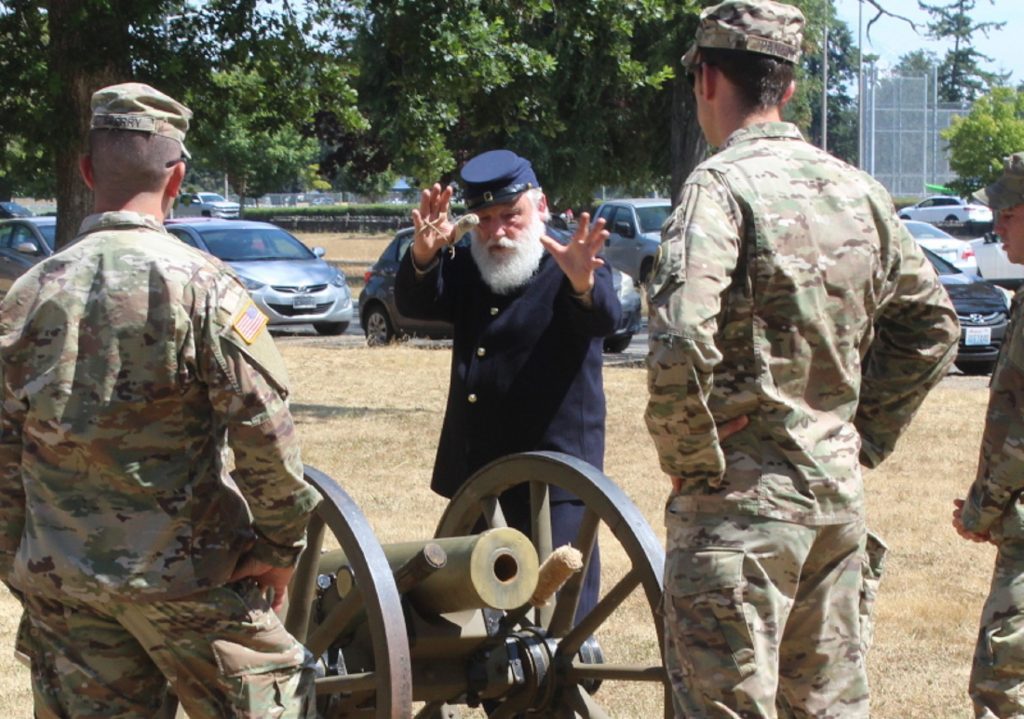Pierce County Museums Have Used The Pandemic To Creatively Reach New Audiences
[ad_1]
Every business, theater, restaurant and person on the planet has had to adapt to the “new normal†of the changing life-changing landscape of the pandemic over the past year. Social distancing, stay-at-home orders, masks, and rescheduled – or canceled – events have led to Facebook Live gigs, Zoom presentations, and online exhibits.
Pierce County museums, for example, didn’t just turn dark when visitors couldn’t freely browse their exhibits and exhibits. Rather than just wait for things to happen – for what was first considered a few weeks at home in mid-2020, they’ve made the exhibits become potential visitors in every way they can. It’s a practice that will continue long after this whole COVID-19 business fades into memory and eventually becomes historical exhibitions and archives in the same museums that operated through it.

“It was a year of hard work, but it was also a year of further growth and resilience,” Washington State Historical Society said Director of Exhibitions and Programs Mary Mikel Stump. The museum created online exhibitions, videos and digital celebrations for Martin Luther King Junior, Veterans and Day of Remembrance to mark the day when Americans of Japanese descent were sent to internment camps during WWII. These annual events would all have been face-to-face activities outside of pandemic times. The museum also found itself advising nonprofit museums across the state as it sought new ways to exhibit its own content. The museum, for example, has updated the galleries with new rugs and exhibits in the spaces. “I can’t believe we were able to do the magic that we have, but I’m really proud of the job we did and the way we didn’t just pivot, we pirouette,†Mikel said. Stump.
An addition to the way the WSHS informs “visitors” of the history of the state when they cannot wander the exhibits was the museum mobile application
which allows anyone to access images and information about artifacts and displays free of charge from anywhere.
“Going forward, some WSHS programs will be presented in a hybrid fashion with in-person and online options,†said Julianna Verboort, WSHS director of communications. “Others may be in person only, and some may possibly be online only. We will continue to connect virtually and in person as best suited to each type of initiative and to meet the needs of our audience. “

Suffice it to say that no time is the right time for a pandemic. the
Tacoma Historical Society, however, found itself closed by stay-at-home order last year, as it moved to a new location. This shuttle of exhibits and artifacts would still have closed its operations. The prolonged shutdown, even after the move, meant the company switched to online chats as well as content added to a new blog, his YouTube channel and his podcast.
“We unfortunately do not have a video recording of programming from years past, but we can learn this lesson from the pandemic and record our programs in the future,†said Kim Davenport, communications manager for THS.
Port history museum Director Stephanie Lile said that beyond moving to online exhibitions and presentations which will continue in one form or another after the pandemic is over, museums need to better explain how they operate and how they fund these operations.
“Most people don’t realize that much of what museums do takes place behind the scenes (curatorial projects, cataloging collections, responding to research requests, planning exhibitions at Gig Harbor facilities, creating publications and adapt programs to other broadcasting formats,) “she said.” Most people thought that because we were closed to the public, we were completely closed. Not so. Conservation work on the FV Shenandoah continued because it was licensed as a Washington State Heritage Capital Project. Our programs have gone virtual and we have turned the museum “upside down†with showcases secured against COVID. “

Lakewood Historic Fort Steilacoom was open only on Sunday afternoons in summer and the first Sunday of the month the rest of the year for walk-in and reservation-free tours of former military buildings. The nonprofit museum has since moved to just one Sunday per month, by reservation only to limit crowds and not overload its fully volunteer docents.
While actual tours now require potential visitors to not only remember when the museum will be open and then book their visiting times, the museum’s online displays have sparked new interest in its collections. The fort’s series of three Women’s History Month lectures was particularly popular.
“We have four buildings of a fort which housed, on the basis of the army of the time, almost all of them,†said Walter Neary, president of the Fort Steilacoom Museum Association. “So it’s interesting that the largest single demographic is engaging with our pages they are women aged 35 to 44. This tells me that we are at least starting to be not only a military museum, which of course is still very important, but also a museum about everyone who has lived in the Washington Territory, men, women, natives and settlers. British and American. It’s good that we had people from across the country at our events. You talk to people you wouldn’t even meet otherwise.
Along with virtual presentations, the crackdown on in-person visits has also allowed volunteer historians to reorganize its collections and operations.

“We ended up taking the time to reorganize ourselves and bring new people to the board, revisit the exhibits, clean like crazy, and basically look inside to see what we can do better to interpret. the complex history of early Washington Territory“Neary said.
A historical fact that now has new impact and significance is the once-lost story of the doctor from Fort Steilacoom, who helped the doctor at British Fort Nisqually inoculate the smallpox vaccine to Native Americans during the outbreak of 1853.
“I’m including this in my interviews now,†Neary said. “But one thing I noticed when touring is that people are generally not eager to talk about the pandemic. They can’t wait to be transported to 1859 and experience life in Washington Territory. People are happy to be distracted – they’re thankful, in fact.

[ad_2]

